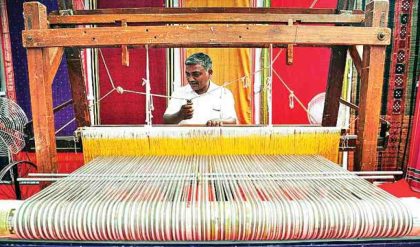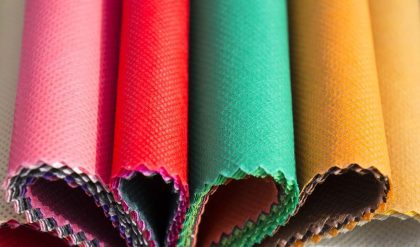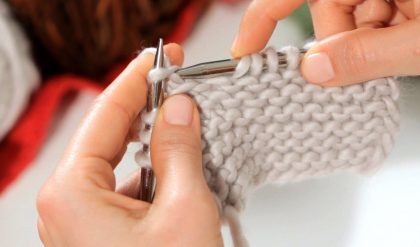This is discovered in 1892 in England. In this process Spruce, a type of treechipsareused. Spruce logs are reduced to wood pulp and purified for cellulose base. Wood pulp is treated with caustic soda to form alkali cellulose. It is treated with carbon disulphide to form cellulose xanthate. This is dissolved in dilute caustic soda solution. A reddish or orange liquid is formed. This liquid is filtered and then kept for ageing until a thick fluid is formed which is called ‘Viscose’. This fluid is forced through fine jets into a dilute solution of sulphuric acid. In this way cellulose is regenerated into continuous fibers.
The largest production of rayon today is manufactured by this process. The cost is low

Properties of Rayon Fabrics
The development of man-made fibers possessing along with the prized qualities of the natural fiber is a tribute to human ingenuity
Characteristics of Rayon Fabric
· Highly Absorbent
· Soft and comfortable
· Easy to dye
· Drapes well
Physical Properties
Strength :
The tensile strength of viscose rayon is greater than that of wool but is only half as great as silk. Viscose rayon is also weaker than cotton and its strength is reduced to 40 to 70 percent when wet. Yet it produces fairly durable, economical and serviceable fabric whose smoothness of surface favorably withstands with friction of wear
Elasticity :
Viscose rayon has greater elasticity than cotton but less than wool and silk. While viscose rayon fabrics have some inherent extensibility, undue strain might cause them to sag or even burst.
Resilience :
Viscose rayon lacks the resilience. It should be remembered that the resistance of a fabric to creasing depends on the kind of yarn, weave and finishing process.
Drapability :
Viscose rayon possesses a marked quality of drapability because it is relatively heavy weight fabric.
Heat Conductivity :
Viscose rayon is a good conductor of heat and is therefore appropriate for summer clothing like cotton.
Absorbency :
Viscose rayon is one of the most absorbent of all textiles. It is more absorbent than cotton or linen, but less than wool and silk. Cleanliness and Washability Because of smoothness, Viscose rayon fiber helps to produce hygeinic fabrics that shed dirt. Since Viscose rayons temporarily looses strength when wet, it must be handled with care when washed.
Reaction to Bleaches :
Household bleaches containing sodium hypo chlorite, sodium perborate or hydrogen peroxide may be safely used.
Shrinkage :
Viscose rayon fabrics tend to shrink more than cotton fabrics. Spun Viscose rayon fabrics shrink more, which can be given a shrink resistant finish, such as Sanforset.
Effect of Heat :
Viscose rayon is pure cellulose fiber which burns as cotton. When ironing, only moderately hot temperature must be used.



